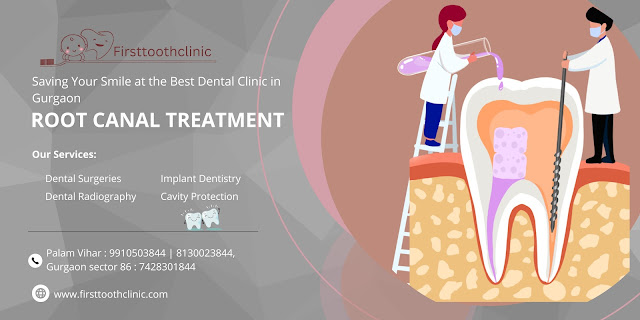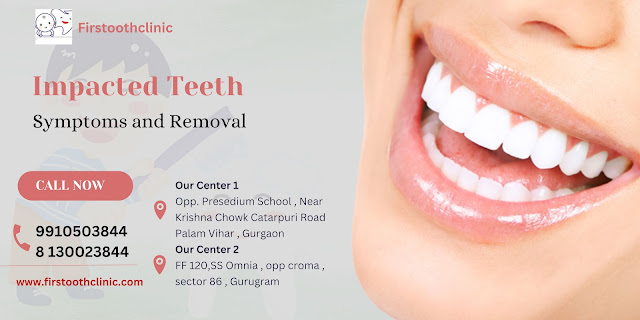Root Canal Infection Warning Signs- Firsttoothclinic
A root canal is a dental procedure that is used to remove infected or damaged tissues from within a tooth. While this procedure is usually successful in saving a tooth from extraction, it's important to recognize the signs of a root canal infection in order to address it quickly. Here are some of the warning signs that you may have a root canal infection and need to see a dentist.
Pain and Sensitivity: Pain is one of the most common symptoms of a root canal infection. This pain can be severe and persistent, and may be felt when chewing or biting. Additionally, the tooth may be sensitive to hot or cold temperatures.
Swelling: If you have a root canal infection, you may experience swelling in the area around the affected tooth. This swelling can be accompanied by tenderness and redness.
Drainage: If the infection has spread to the surrounding tissue, you may experience drainage from the affected area. This drainage can be either pus or a clear fluid, and may have an unpleasant odor.
A Darkening Tooth: If the infected tissue is left untreated, it can lead to the death of the tooth, which will result in a darkening of the tooth.
Bad Breath or a Bad Taste in Your Mouth: The bacteria that cause root canal infections can also lead to bad breath or a bad taste in your mouth. This can be a sign that the infection has spread to other parts of your mouth.
If you experience any of these warning signs, it's important to see a dentist as soon as possible. The earlier you catch a root canal infection, the easier it is to treat, and the less likely it is to cause more serious problems.
In conclusion, a root canal infection is a serious matter and should be addressed promptly. If you experience any of the warning signs mentioned above, it's important to see a dentist immediately. With proper care and treatment, it is possible to save the affected tooth and prevent further complications. If you have any concerns about a potential root canal infection, don't hesitate to reach out to your dentist for a professional evaluation.




Comments
Post a Comment